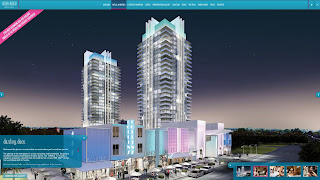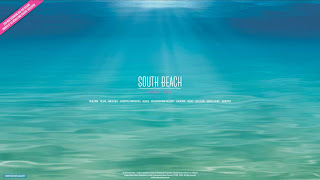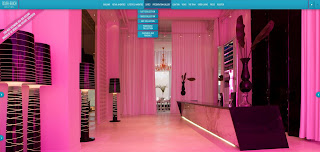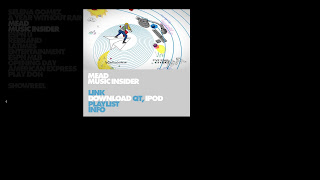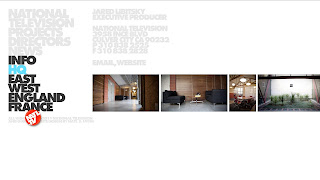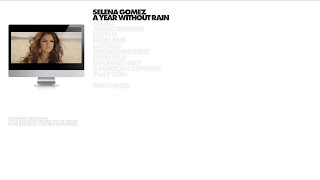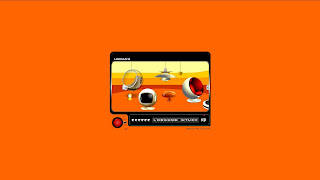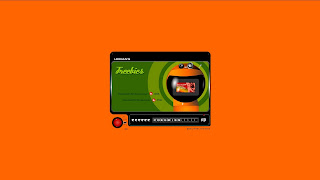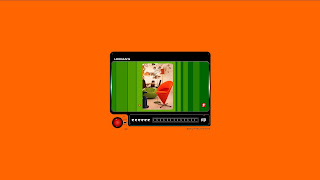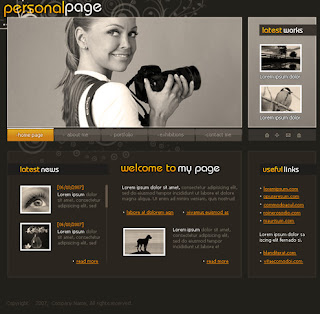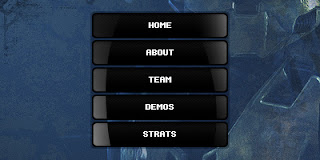



The trip to Islamic Art Museum was a real eye-opener. I've introduce to and learn many new forms of arts in different Islamic countries. More importantly, the museum has forever changed my much misguided and misunderstood perception of Islamic Arts.
Firstly, Islamic Art is devoted heavily in refining different graphic elements and combining them into complex and intricate masterpiece. Whether if the art pieces are from China, India or Turkey, one can clearly see that with repeated motif but interesting arrangement of colors, elements, lines, shapes and harmony between decorated space and negative space, Islamic Arts appears to be very harmonic, peaceful, mature, somewhat strict in a sense of being well-organized but elegant and beautiful when curves and lines articulates the essence of nature. There are hardly any realistic piece. Most are presented in a very stylish way. Therefore, I find it very easy to learn from, borrow certain points from Islamic Arts to apply to nowadays graphic design.
Secondly, Islamic Art is very flexible. It has been adjusted to fit the local taste of different places. Although certain disciplines remain the same in creating Arts, different places put in their own unique feature into the design, making Islamic Arts highly diverse and interesting. For example, the color combination of most ceramics in China is of vivid colors, whereas, the colors tend to be more muted, limited to brown, red, black and silver in Turkey.
Thirdly, it's the dedication of the artists to the art piece that move me. Creating arts no longer become a hobby but it seems to turn into a challenge. The artist create magnificent art pieces that are of miniature size with great details and precision. We can clearly understand that the artists very much honored themselves in creating such works like that
In the exhibitions, there are 2 main field that caught my eyes. Firstly, it was the Mughal miniature paintings. The style is a hybrid of South Asian countries. That's why there has been much debates if it looks "Chinese", "Indian", or even "Japanese". Those paintings are rich in colors, details and whimsical in depicting normal postures of people in daily activities. Most of Mughal paintings are of small size, making the characters in the paintings appear even more surreal, likeable and intriging.
Another part of the exhibition that is truly surprising is the Iznik ceramics section, more specifically, Kutahya ceramics. Unlike the rest of the Islamic arts which is made with such high precision, Kutahya looked rough, raw but quirky, giving a sense of freedom. Above are some of the Kutahya work I've found online











